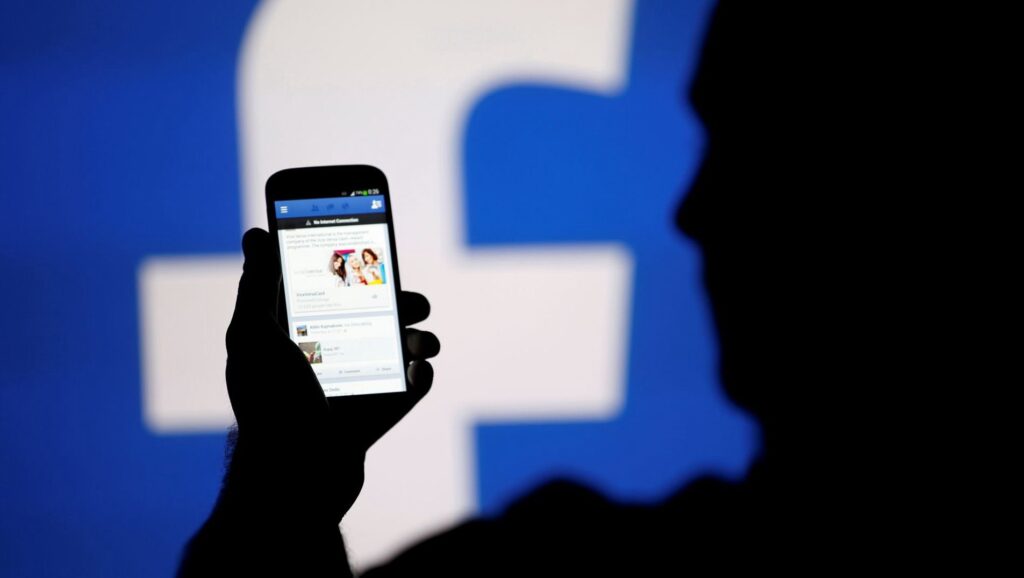In a world where celebrity news spreads instantaneously, the intricate web of public relations behind the scenes has never been more complex—or scrutinized. Recent lawsuits between stars Blake Lively and Justin Baldoni highlight not just personal animosities but also the powerful publicity tactics at play in Hollywood. Their feud erupted publicly after allegations of sexual harassment surfaced during the production of *It Ends With Us*.
Both actors allege smear campaigns against one another, igniting discussions about the crisis management teams that often operate behind the scenes. With Lively hiring former CIA deputy chief of staff Nick Shapiro to navigate her legal communications, the stakes have been raised, and the role of crisis PR is under a microscope.
Richard Rushfield, the founder of the Hollywood newsletter *The Ankler*, notes that while rivalries aren't new in Tinseltown, the influence of social media has altered how these conflicts are perceived and managed. Once, public disagreements were hushed or skillfully buried by publicists. Now, any slip can be weaponized in an intensely digital landscape.
Issues such as the fallout between Johnson and Diesel or the notorious tensions between Cattrall and Parker illustrate a trend where the private lives of stars occasionally spill over into public view. However, publicist Daniel Bee emphasizes that some of the most effective crisis management goes unnoticed—attempts to reshape narratives before they become public knowledge.
In line with evolving strategies, the rise of "astroturfing," where fabricated grassroots support is created to sway public opinion, has gained traction. Experts warn that misinformation can manipulate narratives more effectively than ever before. Carla Speight, founder of PR Mastery, elaborates on the mix of genuine content and orchestrated messaging that can steer public perception without revealing its true origin.
Yet, despite the sophisticated strategies, audiences are becoming more discerning. Many now approach media content with skepticism, aware of the various forces at play in shaping narratives. As the Lively-Baldoni saga continues to unfurl, it serves as a powerful reminder of the lengths to which the Hollywood publicity machine will go to control discourse.
In a sense, the deeper conversations and potential shifts in public perceptions of celebrity narratives are warranted. As audiences further break the fourth wall of celebrity culture, the PR industry must adapt to navigate this lively terrain. The complexity of the Hollywood publicity machine remains a constant, but with every new public spat, its intricacies are revealed, forcing it to evolve continually. Ultimately, the relationship between audiences and celebrities is transforming, with publicists caught in the middle, striving to deliver the story that sells, while also maintaining the facade that keeps Hollywood's intricate dance tightly choreographed.



















